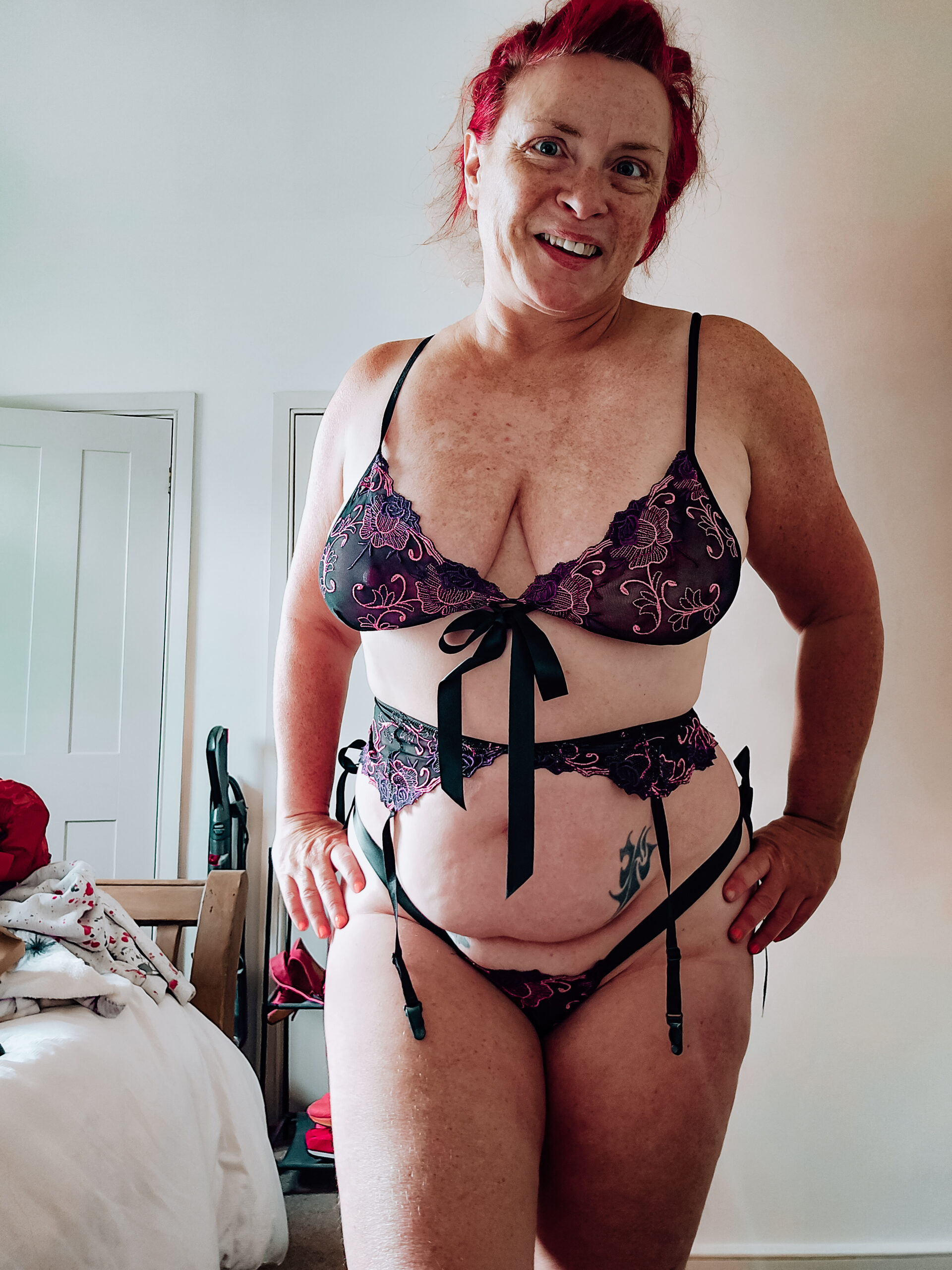Exploring Pansexuality: The Spectrum Of Attraction Beyond Gender

Understanding Pansexuality
This article delves into the concept of pansexuality, a sexual orientation characterized by attraction to individuals regardless of their gender identity or expression. It explores the nuances of pansexual experience, highlighting how it encompasses a spectrum of attraction that extends beyond traditional binary categories.
Definition and Key Characteristics
Pansexuality is a sexual orientation characterized by romantic, emotional, and/or sexual attraction to people regardless of their gender identity or expression. Unlike bisexuality, which typically refers to attraction to two genders, pansexuality encompasses attraction to all genders. This includes transgender, non-binary, genderfluid, and cisgender individuals.
A key characteristic of pansexuality is the belief that gender does not define a person’s attractiveness. Pansexual individuals find attraction based on individual characteristics, personality traits, and shared experiences rather than solely on gender identity or expression.
It’s important to note that pansexuality is a spectrum, meaning that individuals may experience varying degrees of attraction to different genders. Some pansexual people might feel equally attracted to all genders, while others may have stronger attractions to certain genders.
Distinguishing from Other Sexual Orientations
Understanding pansexuality requires recognizing its distinct nature within the broader landscape of sexual orientations. Pansexuality centers on attraction that transcends traditional gender binary categories. Unlike bisexuality, which often implies attraction to two genders (typically male and female), pansexuality encompasses attraction to all genders, including transgender, non-binary, genderfluid, and cisgender individuals.
A core tenet of pansexuality is the belief that gender itself does not determine a person’s attractiveness. Pansexual individuals are drawn to people based on individual qualities, such as personality, shared interests, and emotional connections, rather than solely focusing on gender identity or expression.
It is crucial to acknowledge that pansexuality exists on a spectrum. Individuals who identify as pansexual may experience varying levels of attraction across different genders. Some might feel equally attracted to all genders, while others might find themselves more drawn to certain genders.
Common Misconceptions and Stereotypes
Pansexuality is a sexual orientation where individuals are attracted to people regardless of their gender identity or expression. It’s important to distinguish pansexuality from bisexuality, as the former encompasses attraction to all genders, while bisexuality often refers to attraction to two genders.
A common misconception is that pansexual individuals are simply attracted to everyone. While pansexuality involves attraction to all genders, it’s still a spectrum of experience. Some pansexual people may feel equally attracted to all genders, while others might have stronger attractions to certain genders.
Another stereotype associates pansexuality with promiscuity or a lack of commitment. This is simply untrue. Like any sexual orientation, pansexuality encompasses a wide range of relationship styles and preferences.
Ultimately, understanding pansexuality requires recognizing its fluidity and diversity. It’s about embracing attraction beyond the confines of gender binaries and acknowledging that individuals are multifaceted and complex.
The Spectrum of Attraction
Pansexuality is a sexual orientation characterized by romantic, emotional, and/or sexual attraction to people regardless of their gender identity or expression.
Exploring the Nuances of Pansexual Identity
Pansexuality is a spectrum of attraction that encompasses individuals who feel drawn to people regardless of their gender identity or expression. Unlike bisexuality, which often refers to attraction to two genders, pansexuality includes attraction to all genders, including transgender, non-binary, genderfluid, and cisgender individuals.
A core principle of pansexuality is the belief that gender does not define a person’s attractiveness. Pansexual individuals focus on individual qualities, such as personality, shared interests, and emotional connections, rather than solely on gender identity or expression.
It is important to note that pansexuality exists on a spectrum. Some pansexual people may experience equal attraction to all genders, while others may have stronger attractions to certain genders. This spectrum reflects the diverse ways in which individuals experience and express their pansexual identities.
Intersectional Identities and Experiences
Pansexuality is a sexual orientation where individuals are attracted to people regardless of their gender identity or expression. This means that pansexual people can be attracted to men, women, transgender individuals, non-binary individuals, and anyone else, regardless of how they identify or express their gender. tail plugs
Understanding pansexuality is crucial in recognizing the diverse spectrum of human sexuality. It’s important to remember that pansexuality exists on a continuum, and experiences within this orientation can vary greatly from person to person. Some may experience attraction equally across all genders, while others may have stronger feelings for certain genders.
Intersectional identities play a significant role in shaping the pansexual experience. naughty magazines People who identify as both pansexual and members of other marginalized groups, such as people of color, LGBTQ+ individuals, or those with disabilities, may face unique challenges and experiences. These intersecting identities can create complex realities that require understanding and empathy.
Ultimately, respecting the diversity within pansexuality and embracing the complexities of individual experiences is essential. By acknowledging the spectrum of attraction and understanding how intersectional identities shape these experiences, we can foster a more inclusive and accepting environment for all.
Cultural Representations and Visibility
Cultural representations and visibility significantly influence the understanding and acceptance of diverse sexual orientations, including pansexuality. The way pansexuality is portrayed in media, literature, and popular culture shapes public perception and influences societal attitudes.
Media Portrayals and Representation
Positive and accurate representations in media are crucial for fostering understanding and reducing prejudice against pansexual individuals. When pansexual characters are portrayed authentically and with respect, it helps normalize their experiences and challenges harmful stereotypes.
Unfortunately, pansexuality is often underrepresented or misrepresented in media. Negative portrayals can reinforce harmful stereotypes and contribute to societal stigma. It’s essential to challenge these inaccurate representations and advocate for more inclusive and diverse storytelling.
Increased visibility of pansexual individuals in various spheres of society, including politics, entertainment, and everyday life, is vital for promoting acceptance and creating a more equitable world. Seeing pansexual people represented in positions of vibrating male masturbators power and influence helps to normalize their existence and demonstrates that they are valued members of society.
Promoting open dialogue and education about pansexuality is essential for breaking down misconceptions and fostering empathy. Encouraging conversations that center on respectful listening, understanding different perspectives, and challenging prejudice can create a more inclusive environment for all individuals, regardless of their sexual orientation.
LGBTQ+ Advocacy and Community Support
Pansexuality is a sexual orientation characterized by romantic, emotional, and/or sexual attraction to people regardless of their gender identity or expression. safe sex UK It’s important to distinguish pansexuality from bisexuality, as the former encompasses attraction to all genders, while bisexuality often refers to attraction to two genders.

A common misconception is that pansexual individuals are simply attracted to everyone. While pansexuality involves attraction to all genders, it’s still a spectrum of experience. Some pansexual people may feel equally attracted to all genders, while others might have stronger attractions to certain genders.
Another stereotype associates pansexuality with promiscuity or a lack of commitment. This is simply untrue. Like any sexual orientation, pansexuality encompasses a wide range of relationship styles and preferences.
Ultimately, understanding pansexuality requires recognizing its fluidity and diversity. It’s about embracing attraction beyond the confines of gender binaries and acknowledging that individuals are multifaceted and complex.

Cultural representations and visibility play a crucial role in shaping societal perceptions of pansexuality. Positive and accurate portrayals in media can help normalize the experience and challenge harmful stereotypes, while negative or misrepresentative depictions can contribute to prejudice and stigma.
LGBTQ+ advocacy organizations play a vital role in supporting pansexual individuals by providing resources, fostering community connections, and advocating for their rights. These organizations offer spaces where pansexual people can find support, build relationships, and connect with others who understand their experiences.
Promoting open dialogue and education about pansexuality is essential for breaking down misconceptions and fostering empathy. Encouraging conversations that center on respectful listening, understanding different perspectives, and challenging prejudice can create a more inclusive environment for all individuals, regardless of their sexual orientation.
Personal Stories and Experiences
Personal stories and experiences are powerful tools for understanding the complexities of human identity and relationships.
Sharing Diverse Perspectives on Pansexuality
Sharing personal narratives allows pansexual individuals to express their unique journeys, challenges, and triumphs, providing valuable insights into the lived experience of this diverse sexual orientation.
- Coming out stories can offer a glimpse into the emotional process of self-discovery and the courage it takes to embrace one’s true identity.
- Stories about navigating relationships, both romantic and platonic, can shed light on the joys and complexities of connecting with others when gender does not define attraction.
- Personal accounts of facing prejudice and discrimination highlight the ongoing struggles pansexual individuals encounter and underscore the need for greater acceptance and understanding.
Overcoming Challenges and Finding Acceptance
Exploring personal stories and experiences is crucial for gaining a deeper understanding of pansexuality. Sharing these narratives allows pansexual individuals to express their unique journeys, challenges, and triumphs, providing valuable insights into the lived experience of this diverse sexual orientation.
These accounts illuminate the spectrum of pansexual identities and experiences, demonstrating that there is no single “pansexual” experience. Some stories may center on coming out journeys, revealing the emotional complexities of self-discovery and the courage required to embrace one’s true identity in the face of potential societal resistance.
Other narratives might focus on the joys and complexities of navigating relationships, both romantic and platonic. These accounts can shed light on how pansexual individuals connect with others based on shared values, interests, and emotional connections, transcending traditional gender binaries.
Personal stories also provide a powerful platform for addressing the challenges faced by pansexual individuals. Accounts of facing prejudice, discrimination, or societal stigma highlight the ongoing struggles they encounter and underscore the need for greater acceptance and understanding within society.
Find out the whole story
Access the original piece here
- Why Do My Marionette Lines Look Worse After Fillers? - November 10, 2025
- What Is The Best Procedure For Neck Tightening? - November 7, 2025
- What Are The Best CBD Gummies For Mental Clarity And Focus? - November 5, 2025

